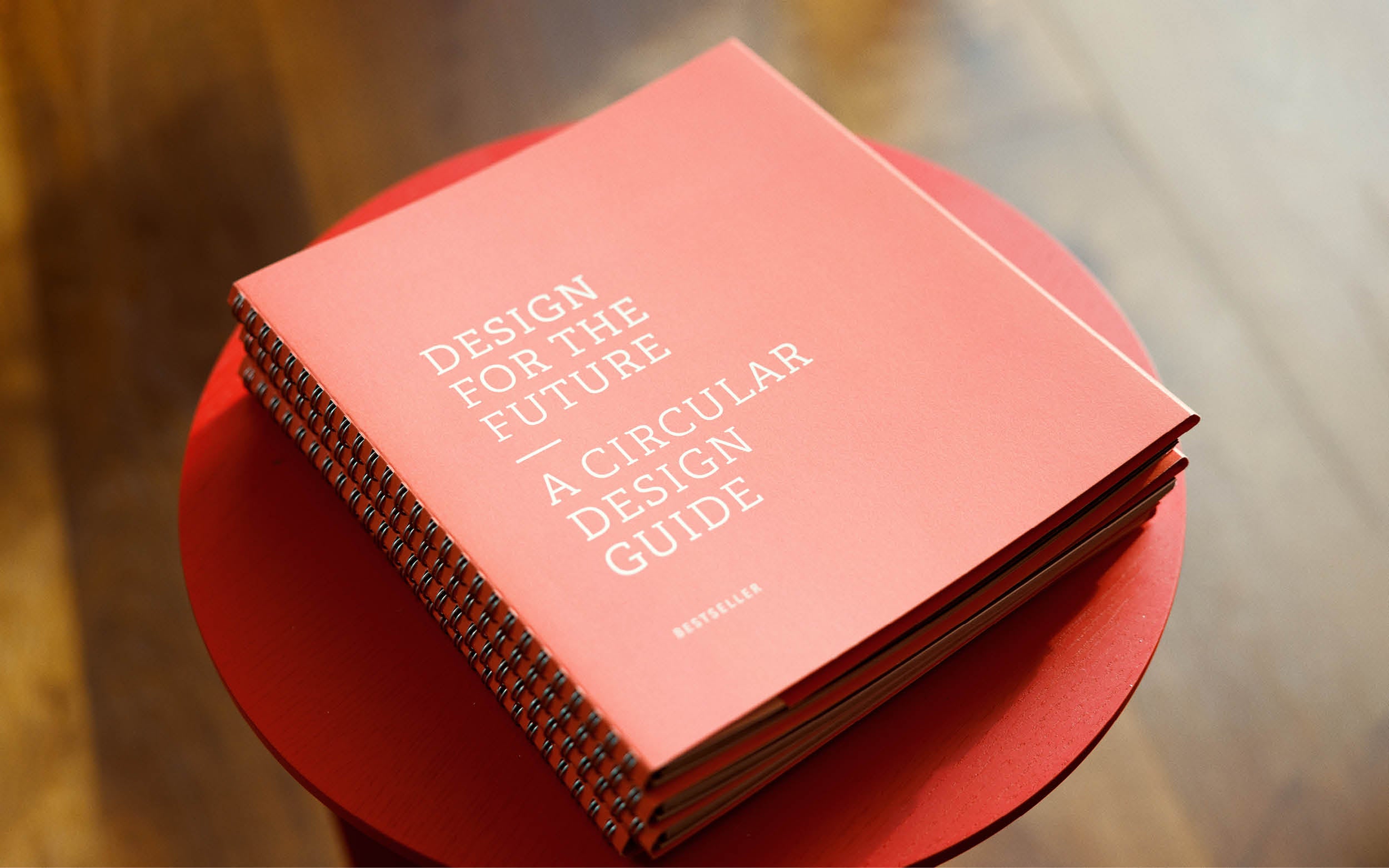
Bestseller says it aims to push circular development in the fashion industry with its Circular Design Guide, which launched last year. The new version sets ambitious standards for how Bestseller will work with and design circular collections.
“It was a huge effort to launch our Circular Design Guide last year, and we’re sticking to all the principles and strategies. Now we’re simply expanding with more layers and new knowledge, as there is no doubt that this is a dynamic area where everyone is getting wiser almost daily,” says Bestseller’s innovation manager, Camilla Skjønning Jørgensen.

Discover B2B Marketing That Performs
Combine business intelligence and editorial excellence to reach engaged professionals across 36 leading media platforms.
Circularity is a major focus area in the EU where new legislation is currently being prepared due to the EU Commission’s textile strategy, which aims to shift towards a climate-neutral and circular economy where products are designed to be more durable, reusable, repairable, and energy-efficient. A shift that Bestseller says it supports.
“Since the first edition, we have collected further knowledge and experiences on what is necessary as well as useful to know for product developers – such as designers – when designing for circularity,” says Emma Bach Nørbæk, project specialist at Bestseller and co-creator of the guide.
“Among other things, we have added a section on circular business models. Although it’s not the product developers who have to implement these business models, it’s extremely important that they have in-depth knowledge of them. They set new requirements for how we must design our products in the future,” she emphasises.
The new version also includes sections on the product user and product purpose in the design process.

US Tariffs are shifting - will you react or anticipate?
Don’t let policy changes catch you off guard. Stay proactive with real-time data and expert analysis.
By GlobalData“It’s both straightforward and very complex at the same time – before we can design an actual product, we need to thoroughly understand who we are designing for as well as what purpose the product is supposed to serve. Who uses our product and how and how much do they use it? The least sustainable product is basically the one that is never used,” says Nørbæk.
“Garments must be developed, produced and used to last as long as possible. And they should also have a purpose when they’re worn out. In short, a product must always be designed for its entire lifespan.”





